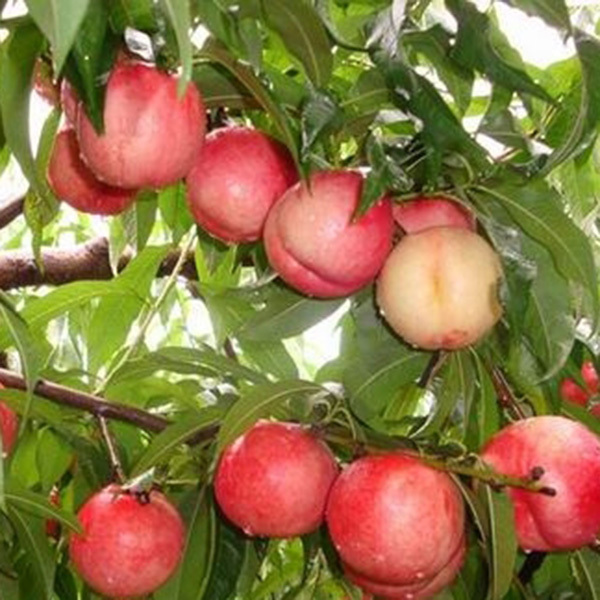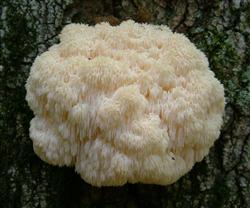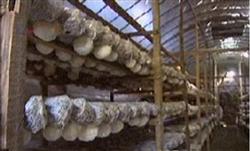Planting techniques of nectarine
[abstract] in nectarine production, attention should be paid to strengthening early fertilizer and water supply, strengthening summer clipping, improving light, promoting fruit coloring, and controlling the amount of fruit retained to prevent premature senescence.

First, fertilizer and water management, front promotion and post control
According to the characteristics of fertilizer requirement in each growth period of nectarine, topdressing and watering was made in time, mainly nitrogen in the early stage and phosphorus and potassium in the later stage. From seedling planting to early July, the management of fertilizer and water should be strengthened to promote the rapid growth of tree crown. After mid-July, fertilizer and water should be strictly controlled. Spraying "melon and fruit Zhuangtiling" + 0.2% urea and 0.2% potassium dihydrogen phosphate on the leaves before flowering, young fruit stage and fruit expansion stage of nectarine, once every 10 days, helps to alleviate the competition for nutrients between new shoot growth and fruit setting, and improve the fruit setting rate. From September to October, each plant was treated with 5-10kg of rotten chicken manure and 0.2kg, followed by irrigation.
Second, growing season pruning
Nectarine has strong apical dominance, more branches, faster growth and easy formation of flower buds, so it is important to cultivate high-yield trees early. After nectarine planting, the main purpose is to promote growth in the first two years, in order to rapidly expand the crown. Whether the fruiting branches are pruned properly or not directly affects the tree potential and yield. generally, the branches with strong branch forming ability and low fruit setting rate and the long life branches of upward oblique or young trees should be long; the branches and twigs and drooping branches with weak branch strength and high fruit setting rate should be kept short; the trees with strong growth potential leave 1-3 more flower buds per fruit branch, and the short fruit branches of weak trees generally have no flowers. The wound caused by pruning is smeared with "callus antiseptic film" for sterilization and disinfection to prevent dry crack.
Third, control the shoot and promote the flower
Nectarine trees are more prosperous, branches are easy to grow crazy, so it is necessary to inhibit vegetative growth and promote flower bud differentiation. During the dormant period, two rows of holes were pierced around the tender skin of the tree body or the lower part of the main branch with a cone needle, and then "Chanhuawang No. 1" was brushed around with a hairbrush to effectively control the growth of new shoots, promote flowers, save nutrition and improve fruit setting.
Fourth, thinning flowers, fruits and vegetables
When there are a large number of flower buds, most of the flower buds on the thin and weak branches and the long and medium fruit branches can be removed from the long and redundant double flower buds and the stunted late blooming buds. The first fruit thinning was carried out in the middle of May, mainly removing concomitant fruit, deformed fruit, small fruit and base fruit, tip fruit and so on. The second fruit thinning is carried out from late May to early June. Generally, the long fruit has 3 fruit, the middle fruit branch has 2 fruit, the short fruit branch has 1 fruit, the ratio of leaf to fruit is not less than 50:1, and the fruit spacing is not less than 20 cm.
Prevention and control of diseases and insect pests
The main diseases are bacterial perforation, brown spot perforation, etc., sprayed with "New High Lipid membrane" + 70% methyl topiramate wettable powder 800 times and 65% Dysen zinc wettable powder 500 times. The main insect pests are aphids, red spiders and so on. 3000 times of liquid of 10% aphid lice can be used.
Compared with other facilities, nectarine has the advantages of easy management, early high yield, excellent price and high benefit. Strengthen the above management measures to produce high-benefit nectarines.
- Prev

What about the abnormal mushrooms in the cultivation of hericium Erinaceus
Hericium Erinaceus, also known as hericium Erinaceus, hedgehog fungus, cauliflower fungus or mountain fungus, was originally a kind of precious edible fungus hidden deep in the dense forest. The fruiting body is round and thick, often hanging from the tree trunk, covered with needle-like spines, shaped very much like the head of a monkey, hence the name. The meat of hericium Erinaceus is tender and delicious, and its color, taste and fragrance are excellent. ...
- Next

Eight measures for high quality and high yield of hericium Erinaceus
Hericium Erinaceus is a kind of medium-and high-grade edible fungus with special flavor and high nutrition and health value. With the improvement of people's living standards, the sales market of fresh monkey head mushrooms is gradually expanding. Popularizing the cultivation of hericium Erinaceus can not only meet people's consumption needs, but also help mushroom farmers get rich. The technology is introduced as follows:.
Related
- Fuxing push coffee new agricultural production and marketing class: lack of small-scale processing plants
- Jujube rice field leisure farm deep ploughing Yilan for five years to create a space for organic food and play
- Nongyu Farm-A trial of organic papaya for brave women with advanced technology
- Four points for attention in the prevention and control of diseases and insect pests of edible fungi
- How to add nutrient solution to Edible Fungi
- Is there any good way to control edible fungus mites?
- Open Inoculation Technology of Edible Fungi
- Is there any clever way to use fertilizer for edible fungus in winter?
- What agents are used to kill the pathogens of edible fungi in the mushroom shed?
- Rapid drying of Edible Fungi

